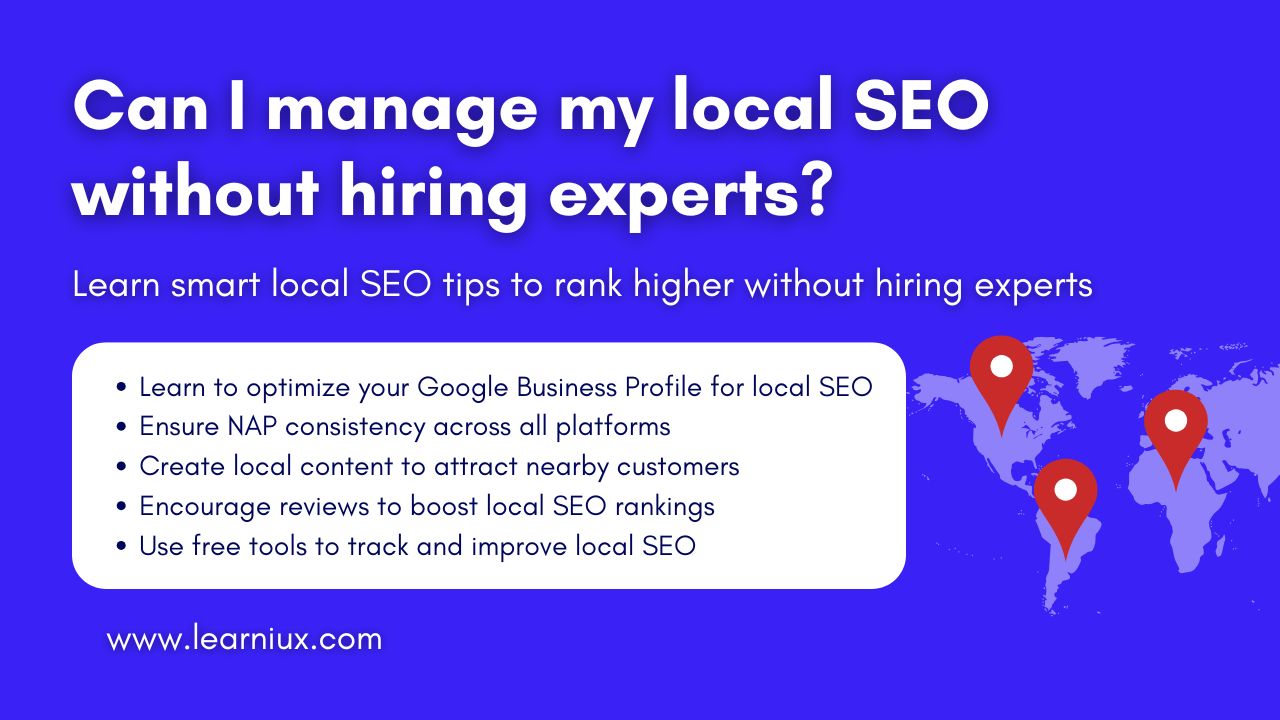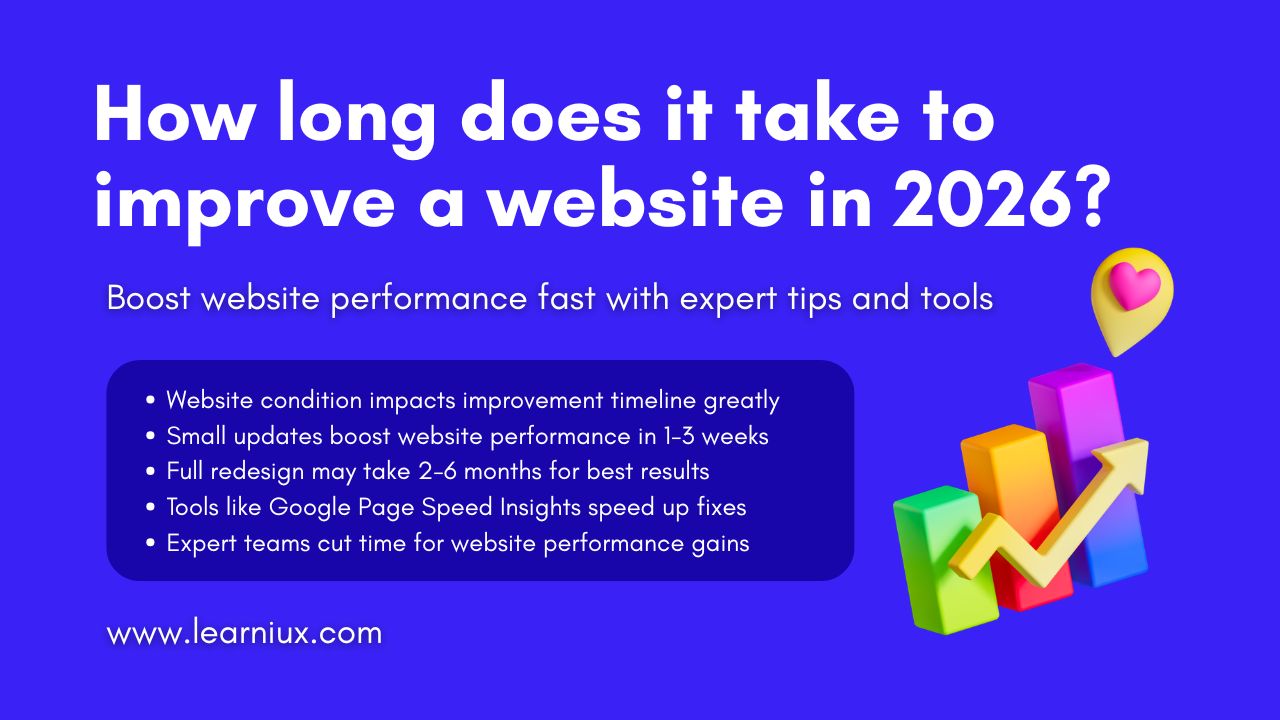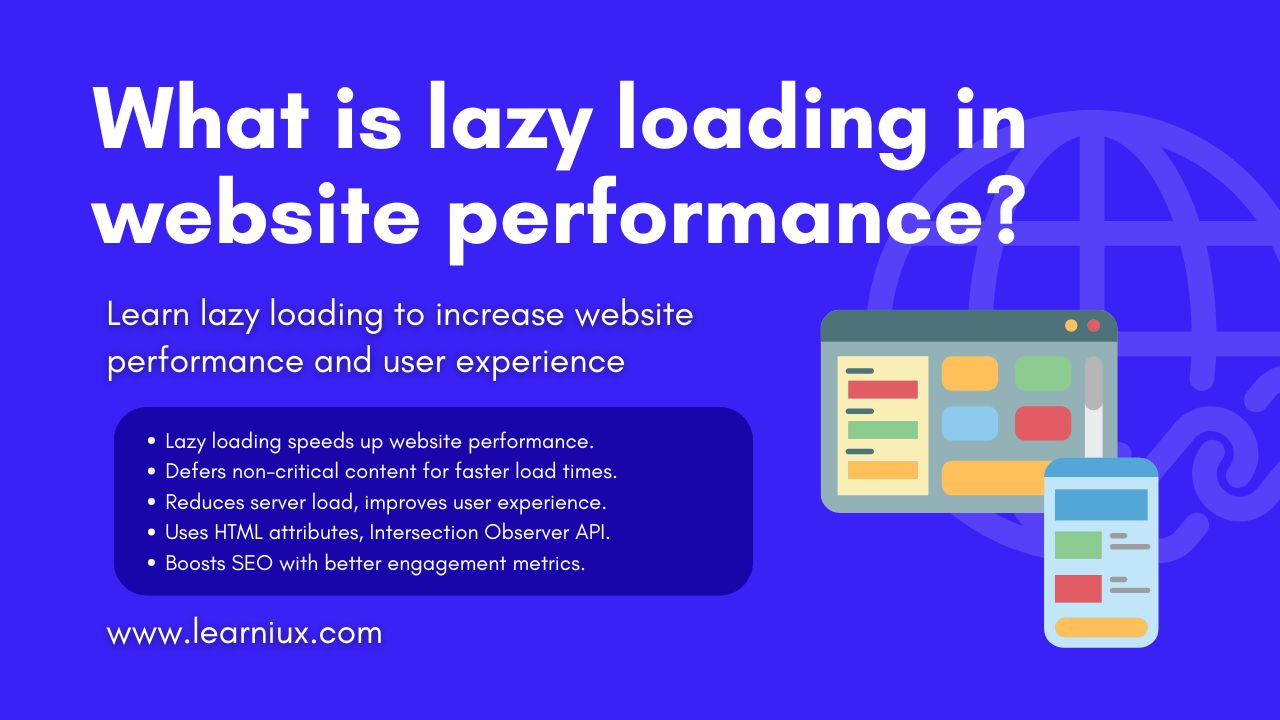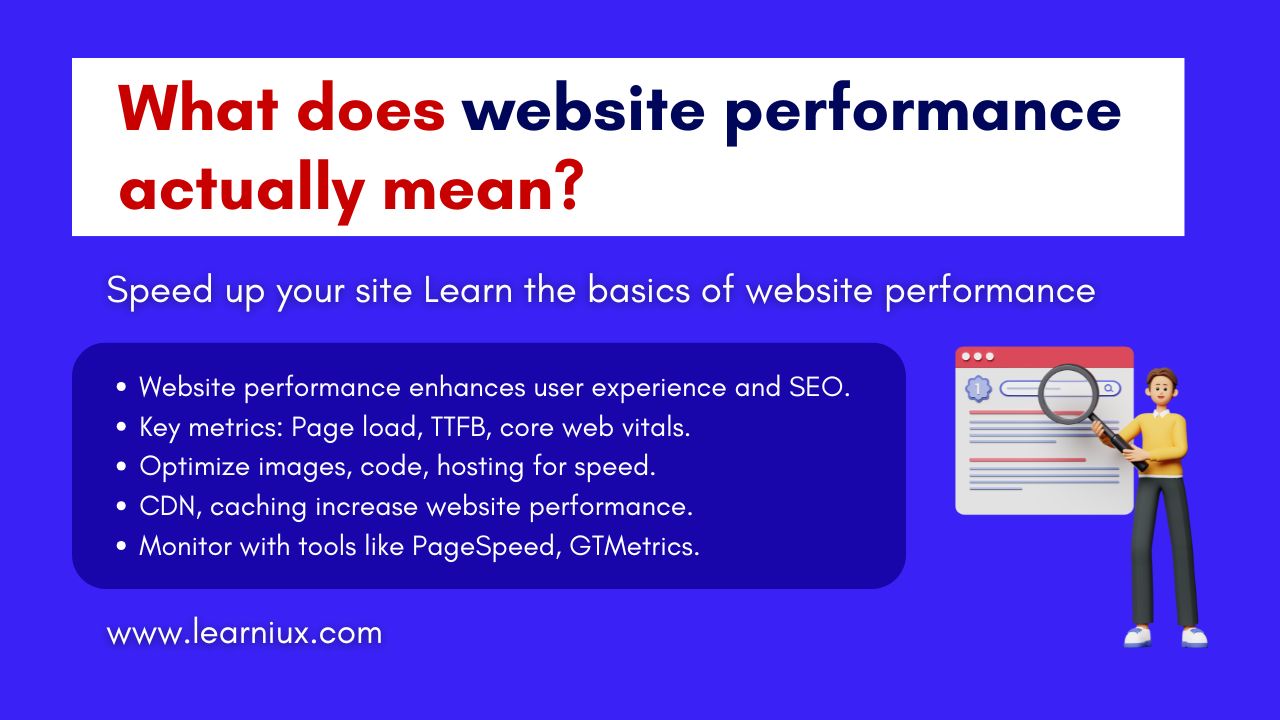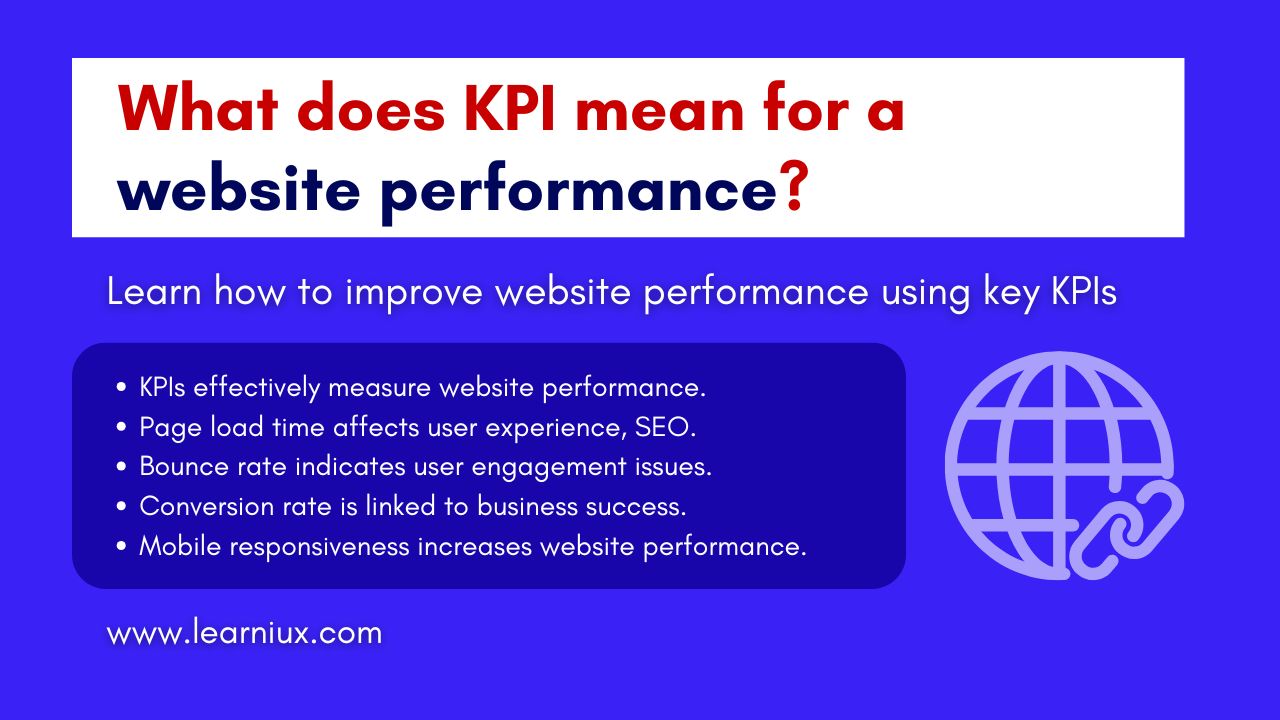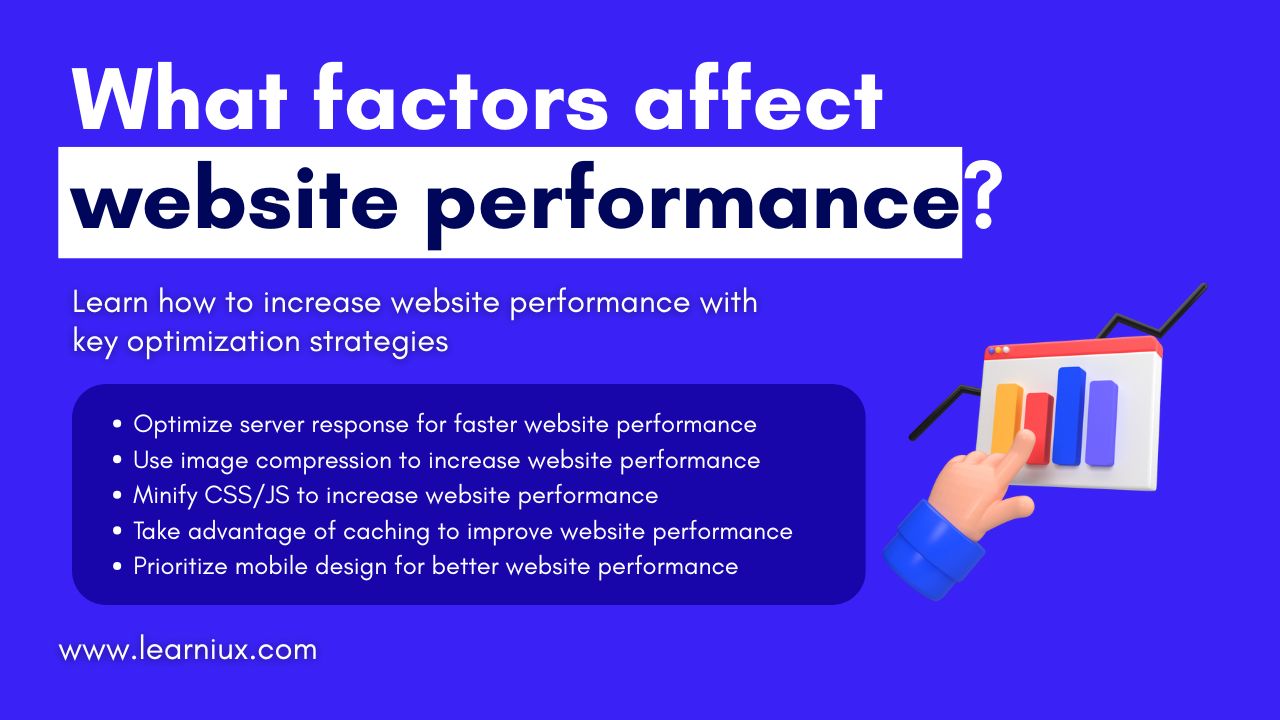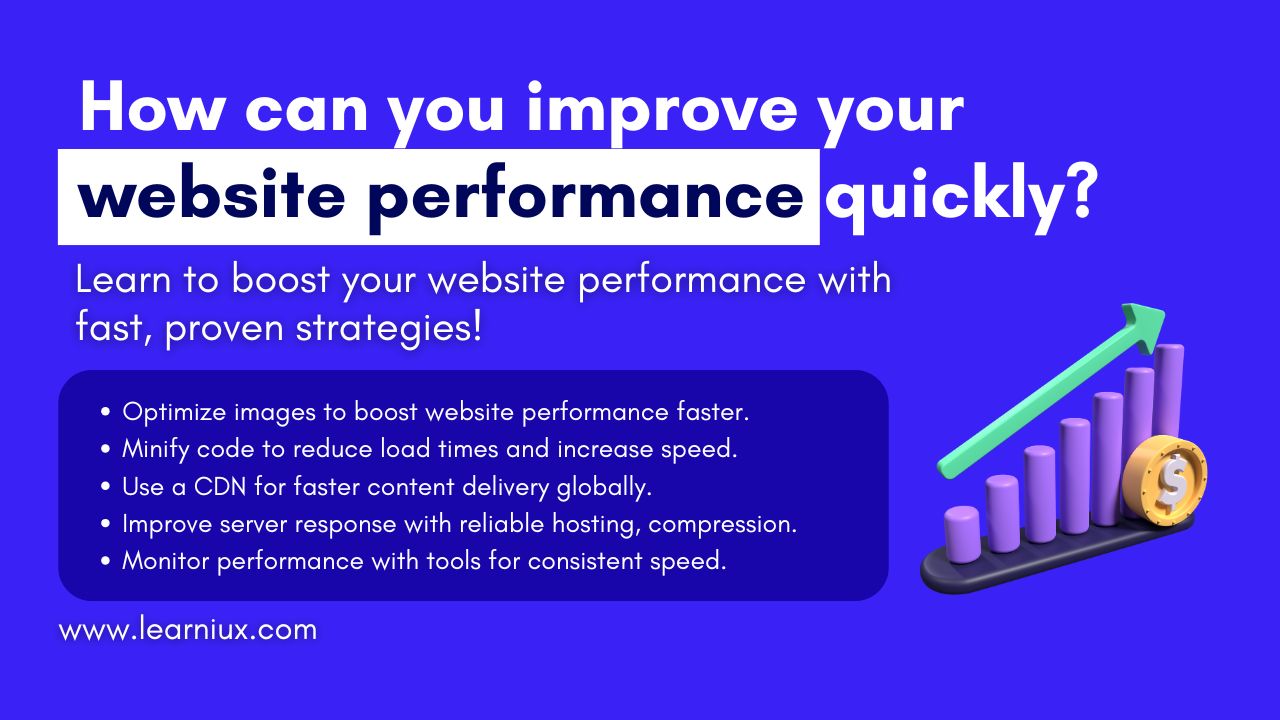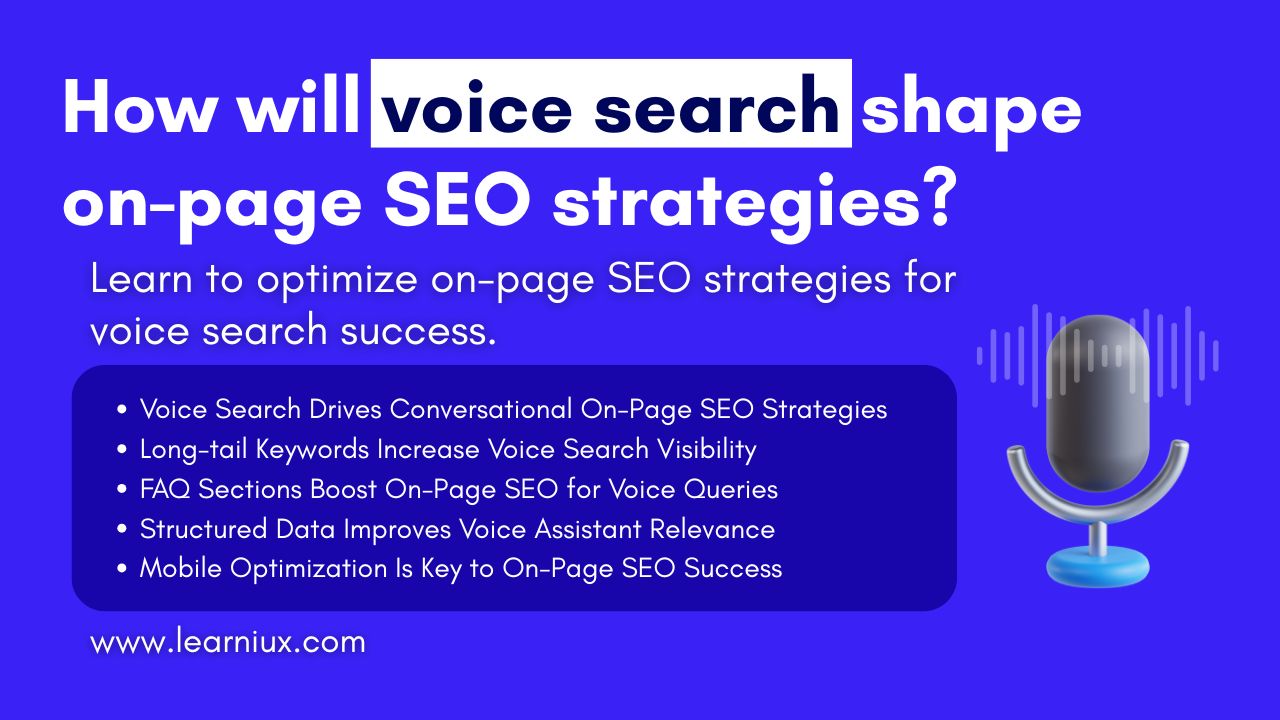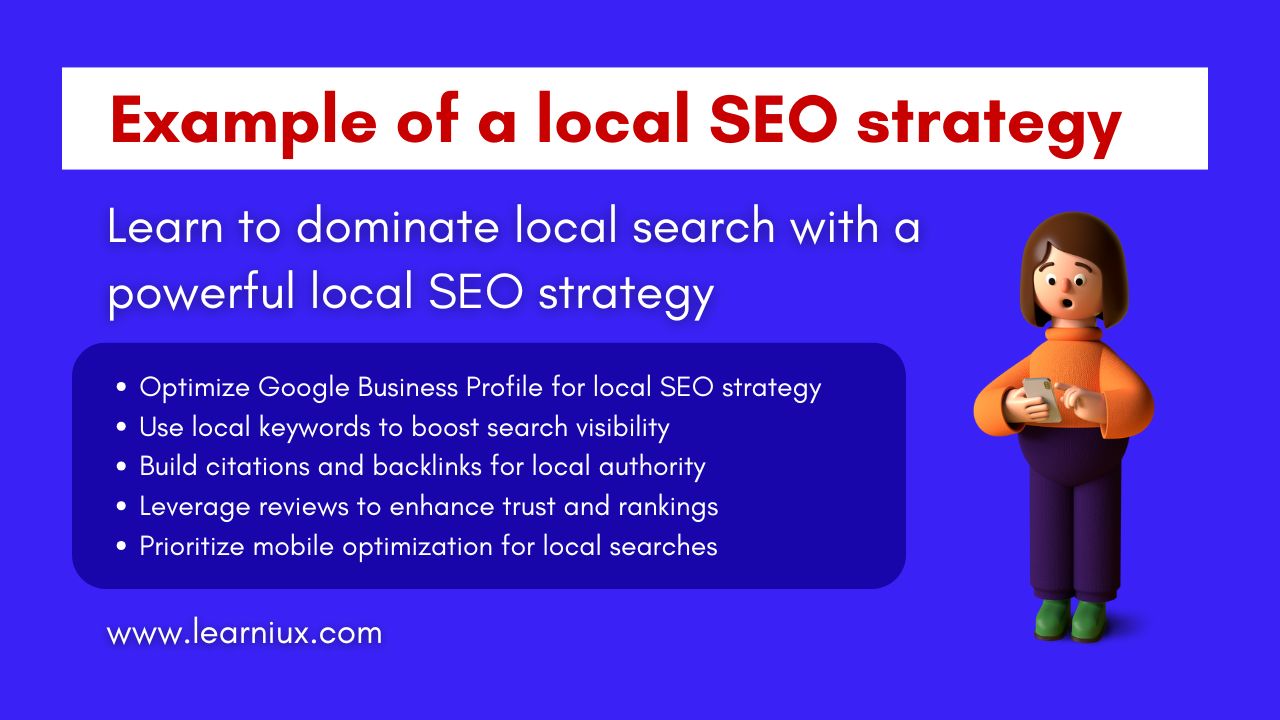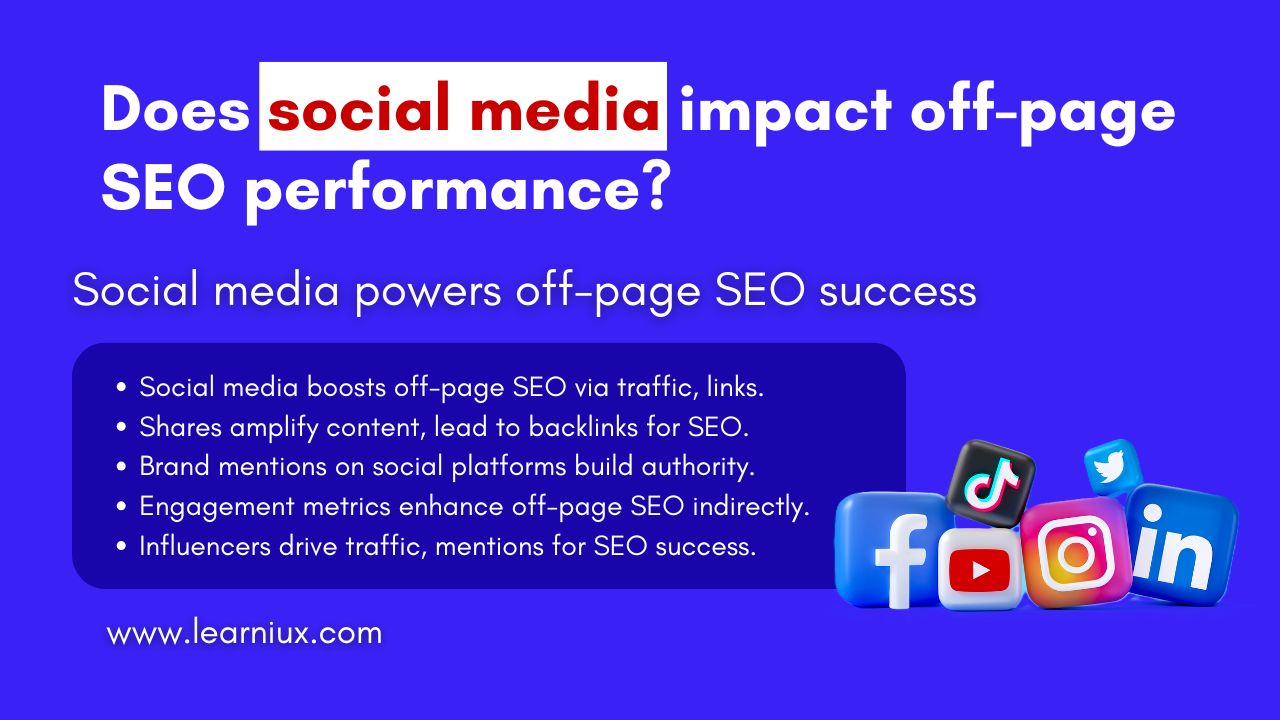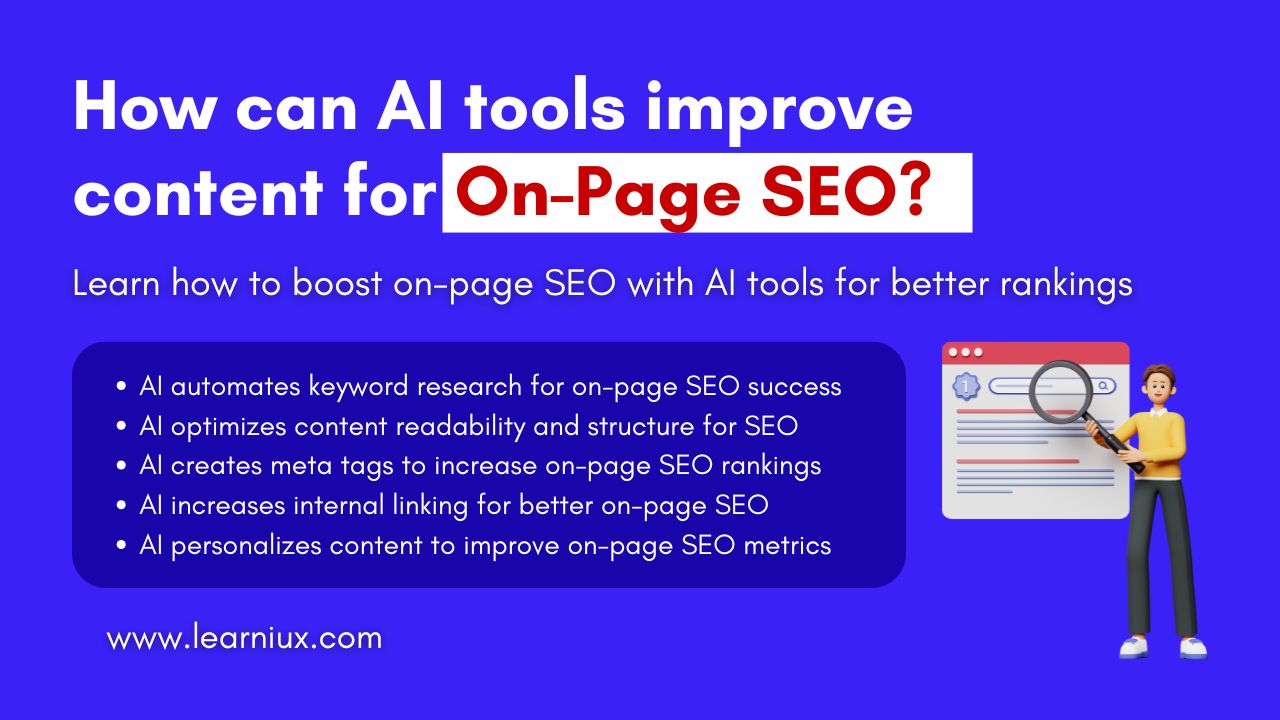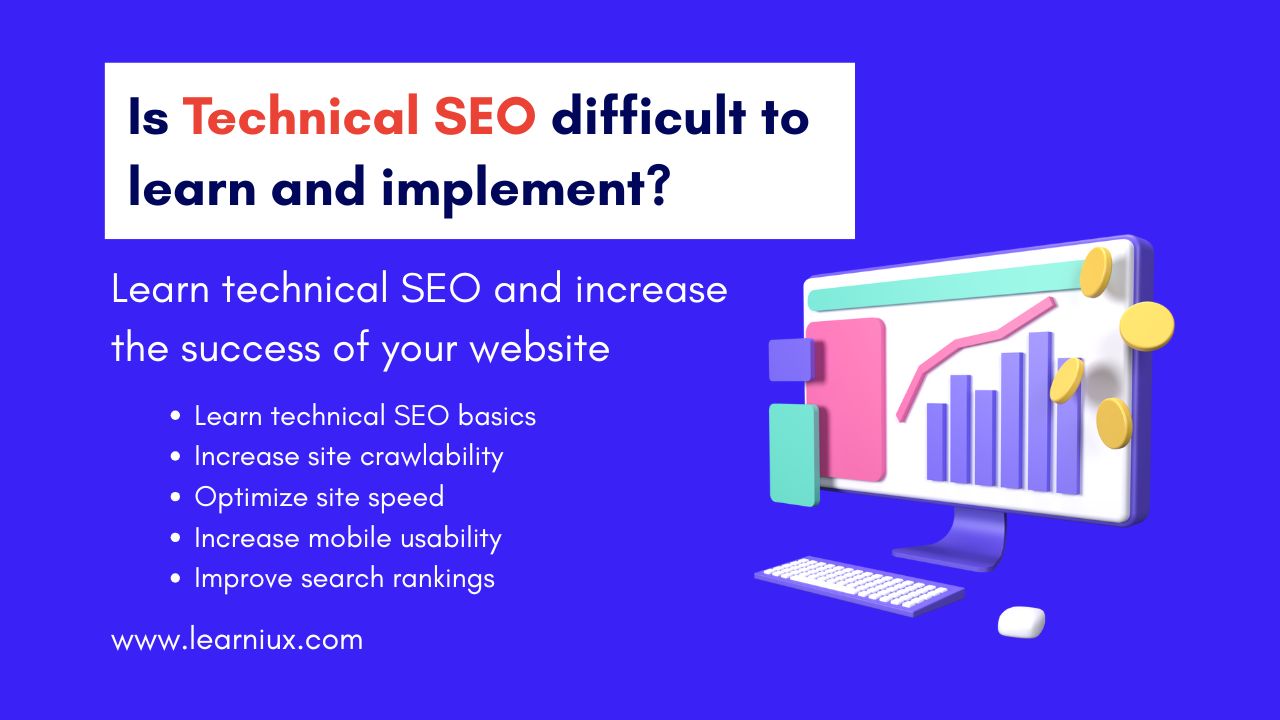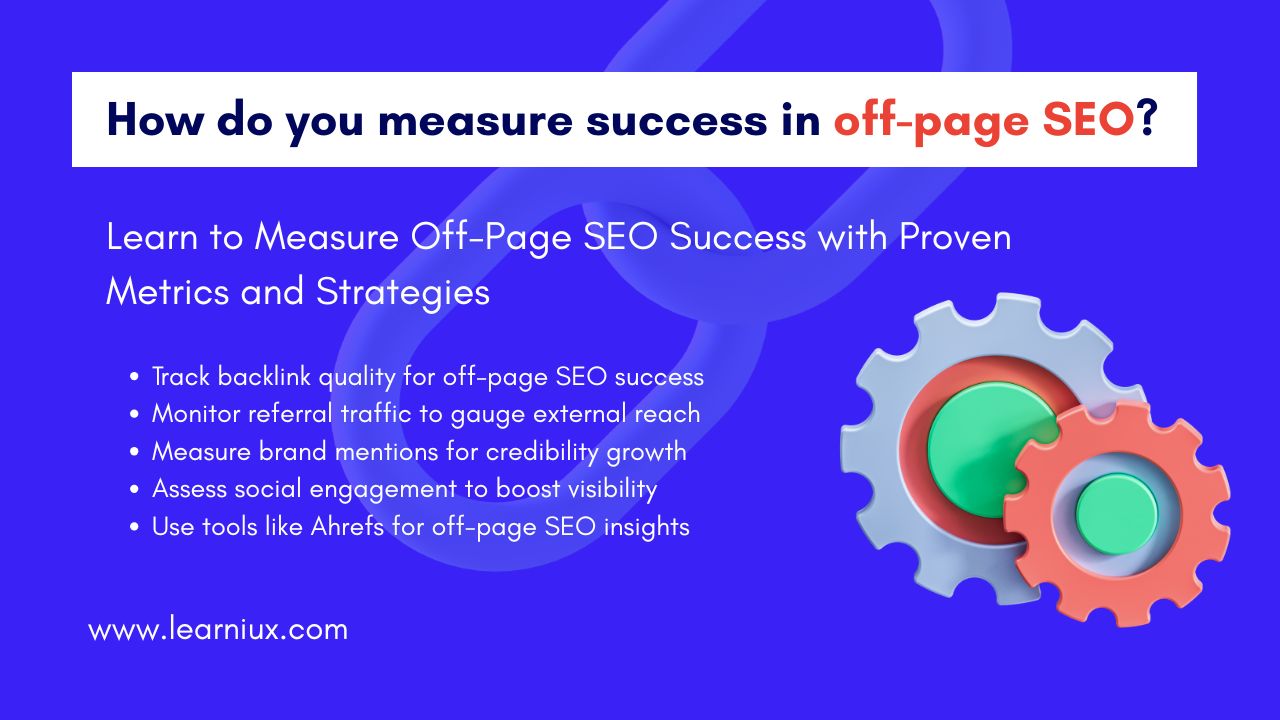Local SEO is an important strategy for small and medium-sized businesses that are trying to attract customers within their geographic area. Unlike traditional SEO that focuses on global or national visibility, local SEO targets local searches to drive traffic or inquiries from nearby customers. For example, when someone searches for bakery near me or plumber in Pune, the goal of local SEO is to ensure that your business appears at the top of those results. Many business owners believe that managing local SEO requires hiring expensive experts, but with the right knowledge, tools, and dedication, you can handle it yourself. This comprehensive guide will walk you through every aspect of managing local SEO without professional help, empowering you to increase your business’s visibility and connect with your community.
This article covers common mistakes to avoid and practical steps to simplify the process. By following these strategies, you can achieve strong local SEO results and gain valuable skills to grow your business.
Why Local SEO is Important for Your Business
Local SEO is essential because most consumers use search engines to find local businesses. According to recent studies, more than 80 percent of consumers search for local products or services online before making a purchase. For example, a potential customer might search for the best coffee shop in Mumbai or the hair salon near me. If your business is optimized for local SEO, you are more likely to appear in these searches, which increases foot traffic and sales.
Local SEO is especially important for small businesses competing with large chains. By focusing on your local area, you can attract customers who prefer to support nearby businesses. Additionally, local SEO is cost-effective compared to traditional advertising such as billboards or print ads. With the right approach, you can achieve significant results without a large budget.
Benefits of Managing Local SEO Yourself
Having control over your local SEO offers several benefits. First, it saves you the cost of hiring an agency or consultant, which can be expensive for small businesses. Second, you gain full control over your strategy, allowing you to make real-time updates and experiment with tactics that suit your business. Third, managing local SEO yourself builds long-term skills. You’ll learn how search engines work, how to interact with online customers, and how to analyze data to improve your results. Finally, doing it yourself means you can connect directly with your audience through reviews and social media and strengthen customer relationships.
A Step-by-Step Guide to Managing Local SEO
Local SEO can seem daunting, but breaking it down into actionable steps makes it manageable. Below is a detailed guide to help you optimize your online presence for local searches.
Claim and Optimize Your Google Business Profile
Your Google Business Profile GBP is the foundation of local SEO. This free tool allows your business to appear in Google Search and Google Maps, making it easier for customers to find you. To get started, claim your profile by visiting Google Business Profile and verifying your business. If your business isn’t listed, you can create a new profile.
Once claimed, optimize your GBP with accurate and complete information. Include your business name, address, phone number, NAP website URL, business hours, and category. Choose the most relevant category for your business, for example, Restaurant for a cafe or Automotive Repair for a garage. Upload high-quality photos of your storefront products or services because visuals attract more clicks. Post regular updates like promotional events or new products to keep your profile active. Encourage customers to leave reviews and respond quickly to show engagement. GBP tells Google that your business is active and trustworthy, and it boosts your local SEO rankings.
Create consistent NAP citations
NAP consistency means making sure your business name, address, and phone number are consistent across all online platforms. Inconsistent NAP details like a slightly different address or phone number can confuse search engines and lower your rankings. For example, if your business is listed as Cafe Delight at 123 Main Street on your website but Cafe Delight LLC at 123 Main Street on Yelp, this discrepancy could hurt your local SEO.
To create consistent citations, list your business on reputable directories like the Yelp Yellow Pages and your local chamber of commerce. Use tools like Moz Local or BrightLocal to scan for and fix discrepancies. When adding your business to directories, make sure your NAP matches your GBP accurately. Consistent citations improve your credibility with search engines and make it easier for customers to find you.
Optimize your website for local SEO
Your website is a key component of local SEO. It needs to be optimized for both users and search engines to rank well in local searches. Start by including local keywords in your website content. For example, if you run a gym in Bengaluru, use phrases like Best Gyms in Bengaluru or Fitness Classes in Bengaluru in your page title meta description header and body text. Avoid keyword overuse as this can lead to search engine penalties.
Most local searches are done on smartphones, so make sure your website is mobile-friendly. Test your site’s mobile performance using Google’s Mobile-Friendly Test Tool. A slow or cluttered mobile experience can drive customers away and hurt your local SEO. Include a dedicated contact page in your NAP and embed a Google Map showing your location. Adding schema markup, a type of structured data, can also help search engines understand your business’s location and services. Use a free online schema generator to create and add this code to your site.
Leverage Customer Reviews
Customer reviews are a powerful factor in local SEO. Positive reviews build trust with potential customers and signal to search engines that your business is reputable. Encourage satisfied customers to leave reviews for your GBP on Yelp and other relevant platforms. You can do this by sending follow-up emails or adding review notifications to your website.
Respond to all reviews, positive or negative. Responding professionally to negative reviews shows that you care about customer satisfaction, which can help minimize damage and improve your reputation. For example, thank customers for their positive feedback and address concerns in negative reviews with solutions. Search engines like Google favor businesses with active review participation, so make this a regular part of your local SEO strategy.
Create locally relevant content
Content marketing is a great way to boost local SEO while engaging your audience. Create blog posts, videos, or infographics that resonate with your local community. For example, a bakery could blog about the top dessert trends in Chennai, or a hardware store could share a guide to home improvement for the monsoon season in Kerala. Use local keywords naturally in your content to improve search visibility.
Involve your business in local events or charities and share these stories on your website and social media. For example, sponsor a local festival or organize a community event and write about it. This not only strengthens your local SEO, but also builds brand loyalty among local customers.
Use social media to increase your local presence
Social media platforms like Instagram, Facebook, and Twitter can boost your local SEO efforts. Share updates about your business, such as new products, special offers, or behind-the-scenes content. Use location tags to increase discoverability, and create location-specific hashtags like Mumbai Coffee Shop or Delhi Fitness. Engage with followers by responding quickly to comments and messages.
Link your social media profiles to your website and GBP to create a cohesive online presence. Search engines see active social media accounts as a sign of legitimacy, which can indirectly boost your local SEO. You can also run targeted ads on platforms like Facebook to reach a local audience at a low cost.
Build local backlinks
Backlinks from other websites to your website are a major ranking factor in local SEO. Focus on getting backlinks from local sources like community blogs, local news websites, or regional business directories. For example, a restaurant can partner with a local food blogger to get reviews using a link to their website. Reach out to local organizations or sponsor events to get a mention on their website. Quality is more important than quantity, so prioritize reputable local sites over low-quality directories.
Tools to Make Local SEO Management Easier
Local SEO is easy to manage with the right tools. Many of them are free or affordable, making it easy for small businesses. Here are some essential tools to help you make your efforts easier:
- Google Business Profile: Free tool to manage your business listings and track performance metrics like profile views and customer actions.
- Google Analytics: Tracks website traffic and user behavior, including how many visitors come from local searches.
- Google Search Console: Monitors your website’s search performance and identifies technical issues that could be impacting local SEO.
- Google Keyword Planner: Free tool to find local keywords with high search volume and low competition.
- Moz Local: Checks for NAP discrepancies in directories and suggests solutions.
- SEMrush or Ahrefs: Keyword research offers competitor analysis and backlink tracking, although these are paid tools with free trials.
- Canva: Creates visually appealing graphics for GBP posts and social media to increase engagement.
- BrightLocal: Tracks local rankings and provides detailed reports on your local SEO performance.
These tools provide insights and automation to make local SEO manageable, even for beginners. Start with free tools and explore paid options that fit your budget.
Common Mistakes to Avoid in Local SEO
Avoid these common mistakes to succeed in local SEO:
- Ignoring Negative Reviews: Not responding to negative reviews can damage your reputation. Always address them professionally and provide solutions.
- Keyword Stuffing: Unnaturally overusing keywords like best cafe in Delhi can lead to penalties. Focus on natural readable content.
- Inconsistent NAP: Business details that don’t match across platforms confuse search engines and customers. Audit your citations regularly.
- Ignoring Mobile Optimization: A non-mobile-friendly website frustrates users and hurts rankings because most local searches are mobile-based.
- Ignoring Analytics: Failing to track performance means you can’t identify what’s working. Use tools like Google Analytics to monitor progress.
- Infrequent Updates: An outdated GBP or website indicates inactivity to search engines. Post regular updates and keep the information up to date.
By avoiding these mistakes, you can maintain a strong local SEO presence and get better results.
Measuring Your Local SEO Success
Tracking your local SEO progress is important to understand what’s working and where to improve. Use the following methods to measure success:
- GBP Insights: Check your Google Business Profile for metrics like profile views, search queries, and customer actions, clicks, calls, or directions requests.
- Website Traffic: Use Google Analytics to monitor traffic coming from local searches. Look at metrics like organic traffic bounce rate and time on site.
- Keyword Rankings: Track your rankings for local keywords using tools like BrightLocal or SEMrush. Aim for the top positions in searches like restaurants by city name.
- Customer Engagement: Monitor review volume response rates, and social media interactions to assess audience engagement.
- Conversions: Track actions like form submissions, phone calls, or store visits to measure how local SEO drives business results.
Review these metrics monthly and adjust your strategy based on trends. For example, if certain keywords are performing poorly, try new ones or improve your content.
Advanced Tips for Local SEO Success
Once you’ve mastered the basics, consider these advanced strategies to further enhance your local SEO:
- Voice Search Optimization: With the rise of voice assistants like Siri and Google Assistant, optimize for conversational queries like where is the nearest pizza place. Use natural long-tail keywords in your content.
- Local Landing Pages: Create separate pages on your website for each location or service area. For example, a cleaning service might have pages for house cleaning in Hyderabad and office cleaning in Secunderabad.
- Geo-Targeted Ads: Run pay-per-click PPC ads on Google Ads with location targeting to attract local customers. Set a small budget to test and scale if effective.
- Monitor competitors: Analyze your competitors’ local SEO strategies using tools like SEMrush. Look at their keyword reviews and backlinks to identify opportunities.
- Participate in local forums: Participate in local online communities like Reddit or city-specific forums to build brand awareness and gain backlinks.
These advanced tactics can give you an edge in competitive local markets.
Conclusion
Managing local SEO without hiring an expert is not only possible, but also profitable. By claiming and optimizing your Google Business Profile, ensuring NAP consistency, creating local content, and utilizing social media, you can significantly increase your visibility in local searches. Tools like Google Analytics Moj Local and BrightLocal simplify the process, while tracking metrics help you measure success. Avoid common mistakes like inconsistent NAP or ignoring reviews, and consider advanced strategies like voice search optimization to stay ahead.
With dedication and the strategies outlined in this guide, you can take control of your local SEO and attract more customers to your business and build a strong online presence. Start small, be consistent, and watch your business thrive in your local community.
FAQs
What is local SEO and why is it important for my business?
Local SEO is the process of ranking your online presence higher in local search results, such as when customers search for “coffee shops near me” or “plumbers in Mumbai.” It helps small businesses attract nearby customers who are ready to make a purchase. By focusing on local SEO, you increase your visibility in Google Search and Maps, driving more foot traffic or inquiries. Unlike traditional SEO, local SEO targets a specific geographic area, making it ideal for businesses with physical locations. It is cost-effective compared to traditional advertising, such as billboards or print ads. Optimizing your Google Business Profile, website, and citations ensures that you appear in relevant searches. Local SEO also builds trust through customer reviews and local content. For small businesses competing with larger chains, it levels the playing field. By managing local SEO, you connect directly with your community and increase sales.
Can I really manage local SEO without hiring an expert?
Yes, you can manage local SEO without hiring an expert, by learning key strategies and using free tools. Start by claiming and optimizing your Google Business Profile with accurate details like name, address, and phone number. Make sure your website is mobile-friendly and includes local keywords like “best bakery in Delhi.” Create consistent citations in directories like Yelp and Yellow Pages to improve credibility. Encourage and respond to customer reviews so they drive engagement. Create locally relevant content like blog posts about community events to engage your local audience. Use tools like Google Analytics and Keyword Planner to track progress and find keywords. While it takes time and effort, these steps are easy for beginners. By being consistent and avoiding common mistakes, you can achieve strong local SEO results on your own.
How do I optimize my Google Business Profile for local SEO?
Optimizing your Google Business Profile (GBP) is essential for local SEO success. Start by claiming your profile on Google and verifying your business. Fill out each section, including your business name, address, phone number, hours, and categories, ensuring accuracy. Choose the most relevant category, such as “Restaurant” or “Hair Salon,” to match customer searches. Upload high-quality photos of your storefront, products, or services to attract clicks. Post regular updates about promotions, events, or new offerings to keep your profile active. Encourage customers to leave reviews and respond to them promptly to show engagement. Add attributes like “wheelchair accessible” or “free Wi-Fi” to provide more details. An optimized GBP increases your chances of ranking high in local searches and builds trust with potential customers.
Why is NAP consistency important for local SEO?
NAP consistency means having the same business name, address, and phone number across all online platforms, such as your website, Google Business Profile, and directories like Yelp. Inconsistent NAP details, such as “123 Main Street” on one site and “123 Main Street” on another, confuse search engines and hurt your local SEO rankings. Consistency tells Google that your business is legitimate, improving your visibility in local searches. This ensures that customers can easily find and contact you without confusion. To achieve NAP consistency, audit your listings using tools like Moz Local or BrightLocal. Fix any discrepancies by updating directories with your accurate NAP. Regularly check for new citations to maintain accuracy. A consistent NAP builds trust with both search engines and customers, which increases your local SEO performance.
How can I optimize my website for local SEO?
To optimize your website for local SEO, include local keywords like “Dentist in Bengaluru” in page titles, meta descriptions, headers, and content. Create a dedicated contact page with your business name, address, phone number, and an embedded Google Map. Make sure your site is mobile-friendly, as most local searches occur on smartphones; test this using Google’s Mobile-Friendly Test Tool. Add schema markup to help search engines understand your business’s location and services. Write blog posts or create pages about local events or services to attract customers nearby. Avoid keyword stuffing, as this can lead to penalties. Ensure fast loading times and easy navigation for a good user experience. Link your website to your Google Business Profile and social media for consistency. These steps make your site more relevant for local searches, improving rankings.
How do customer reviews affect local SEO?
Customer reviews are a key factor in local SEO, affecting both rankings and customer trust. Positive reviews show search engines that your business is reputable, which increases your visibility in local searches. They also encourage potential customers to choose you over competitors. Encourage satisfied customers to leave reviews by asking them in person or via email on your Google Business Profile, Yelp, or other platforms. Respond to all reviews, positive or negative, to show you value feedback; this increases engagement, which search engines love. For negative reviews, address concerns professionally to minimize damage. Monitor review platforms regularly to stay active. More reviews and higher ratings improve your local SEO performance and attract more customers. A strong review policy builds credibility and drives business growth.
What kind of content should I create for local SEO?
Creating locally relevant content is key to increasing local SEO. Write blog posts, articles, or create videos about topics relevant to your community, such as “Top Events in Chennai This Month” or “Guide to Home Repair in Pune”. Use local keywords naturally to improve search visibility without stuffing. Share stories about your involvement in local events, charities, or sponsorships to connect with your audience. Create location-specific pages on your website, such as “Car Repair in Hyderabad”, for businesses with multiple service areas. Add visuals like photos or infographics to make the content engaging. Promote this content on social media with location tags to increase reach. Locally focused content attracts nearby customers and shows relevance to search engines, which increases your local SEO rankings.
What tools can help me manage local SEO myself?
Many user-friendly tools make it easy for beginners to manage local SEO. A Google Business Profile is free and allows you to manage your listings and track performance metrics. Google Analytics monitors website traffic and user behavior from local searches. Google Search Console identifies technical issues and tracks search rankings. Google Keyword Planner helps you find local keywords with high search volume. Moz Local or BrightLocal checks for NAP discrepancies and suggests solutions. SEMrush or Ahrefs, although paid, offer keyword research and competitor analysis with free trials. Canva creates visuals for social media and GBP posts. BrightLocal tracks local rankings and provides detailed reports. These tools simplify tasks like keyword research, performance tracking, and citation management, making it possible to manage local SEO without the help of experts.
What local SEO mistakes to avoid?
Common local SEO mistakes can hinder your success, if not addressed, they can damage your reputation. Ignoring negative reviews damages your reputation; always respond professionally to show that you care. Inconsistent NAP details across platforms confuse search engines and customers, so audit citations regularly. Keyword stuffing, such as using “best cafe in Mumbai,” can lead to penalties; focus on natural content. A website that is not mobile-friendly frustrates users, as most local searches are mobile-based. Ignoring analytics means losing insight into what works; use Google Analytics to track progress. Infrequent updates to your Google Business Profile or website signals inactivity to search engines. Failing to engage on social media misses opportunities to connect with local audiences. Avoiding these mistakes will ensure that your local SEO efforts are effective and sustainable.
How can I measure the success of my local SEO efforts?
Measuring local SEO success helps you understand what works and where to improve. Use Google Business Profile Insights to track metrics like profile views, search queries, and customer actions (clicks, calls, or requests for directions). Google Analytics shows website traffic from local searches, including bounce rate and time on site. Tools like BrightLocal or SEMrush track your rankings for local keywords like “restaurants in Delhi.” Monitor review volume and ratings to gauge customer engagement. Track conversions like form submissions or store visits to measure business impact. Check social media engagement for local posts to gauge audience reach. Review these metrics monthly to identify trends. Adjust your strategy based on data, such as targeting new keywords or improving content to boost local SEO results.

